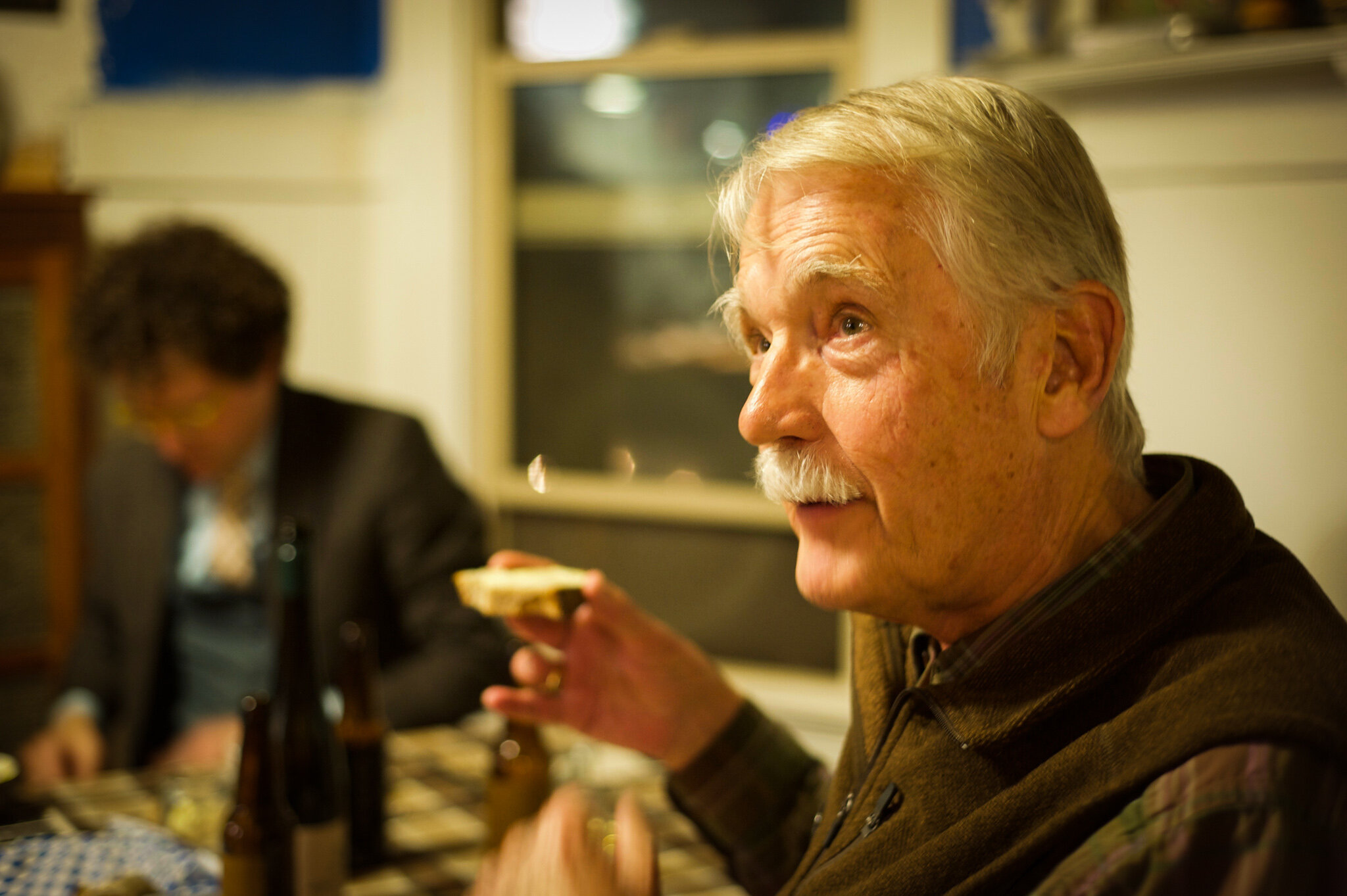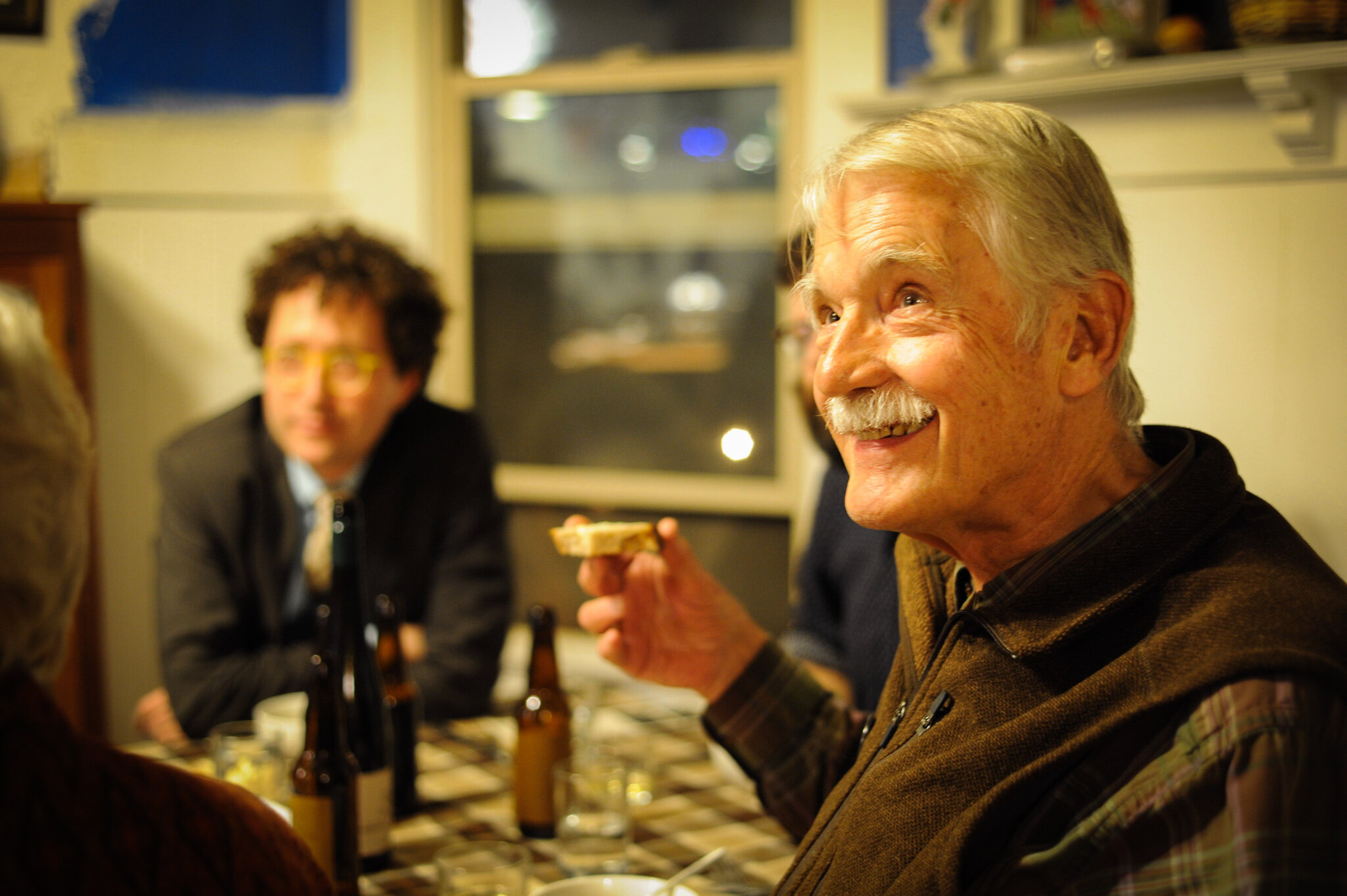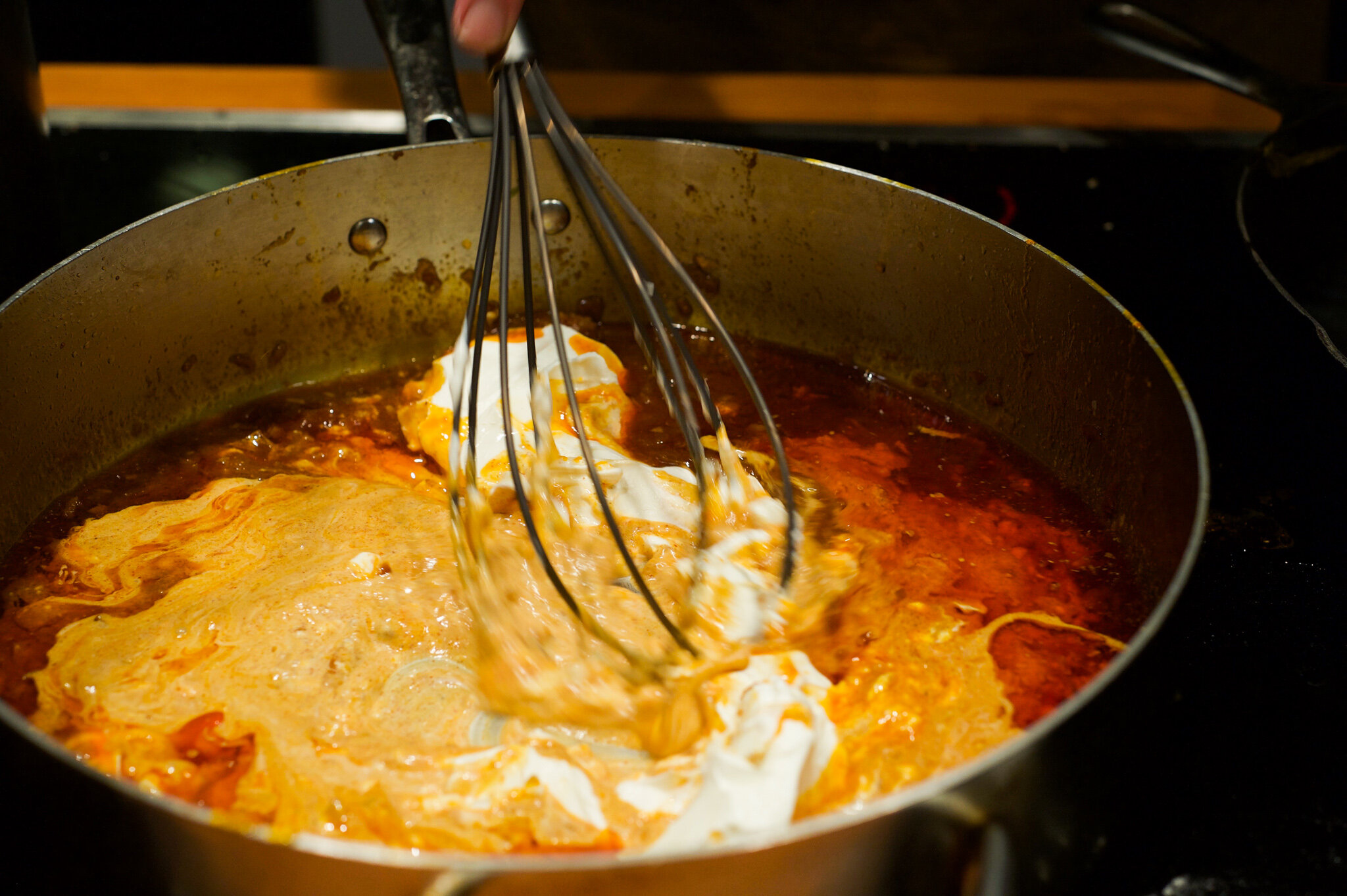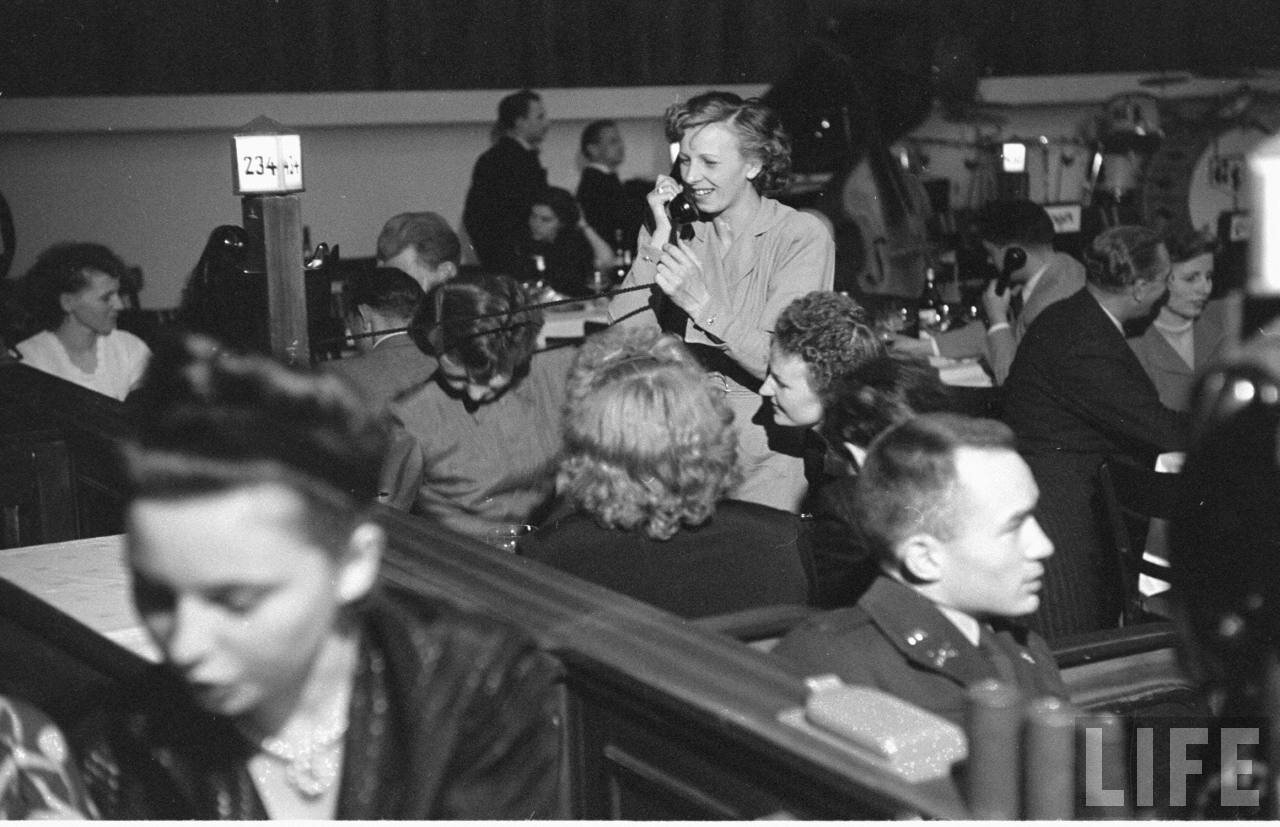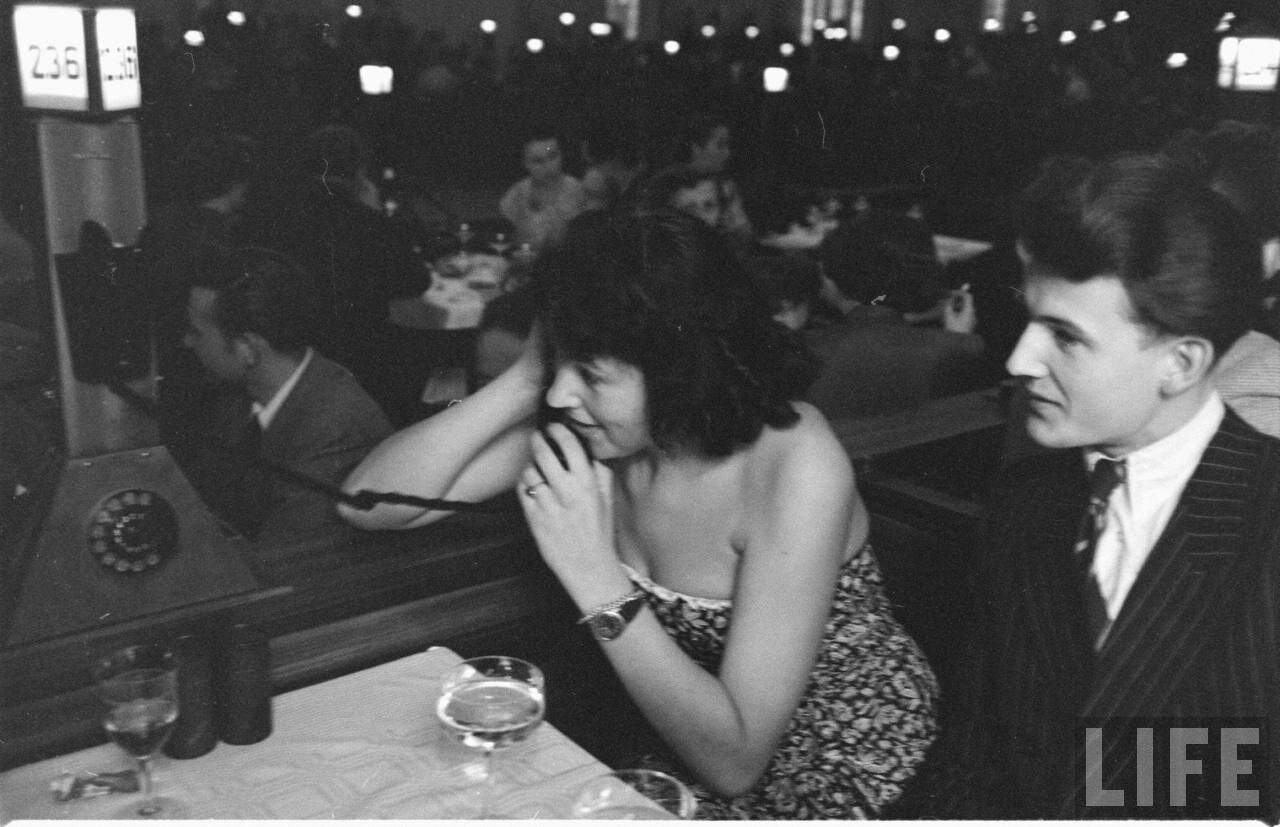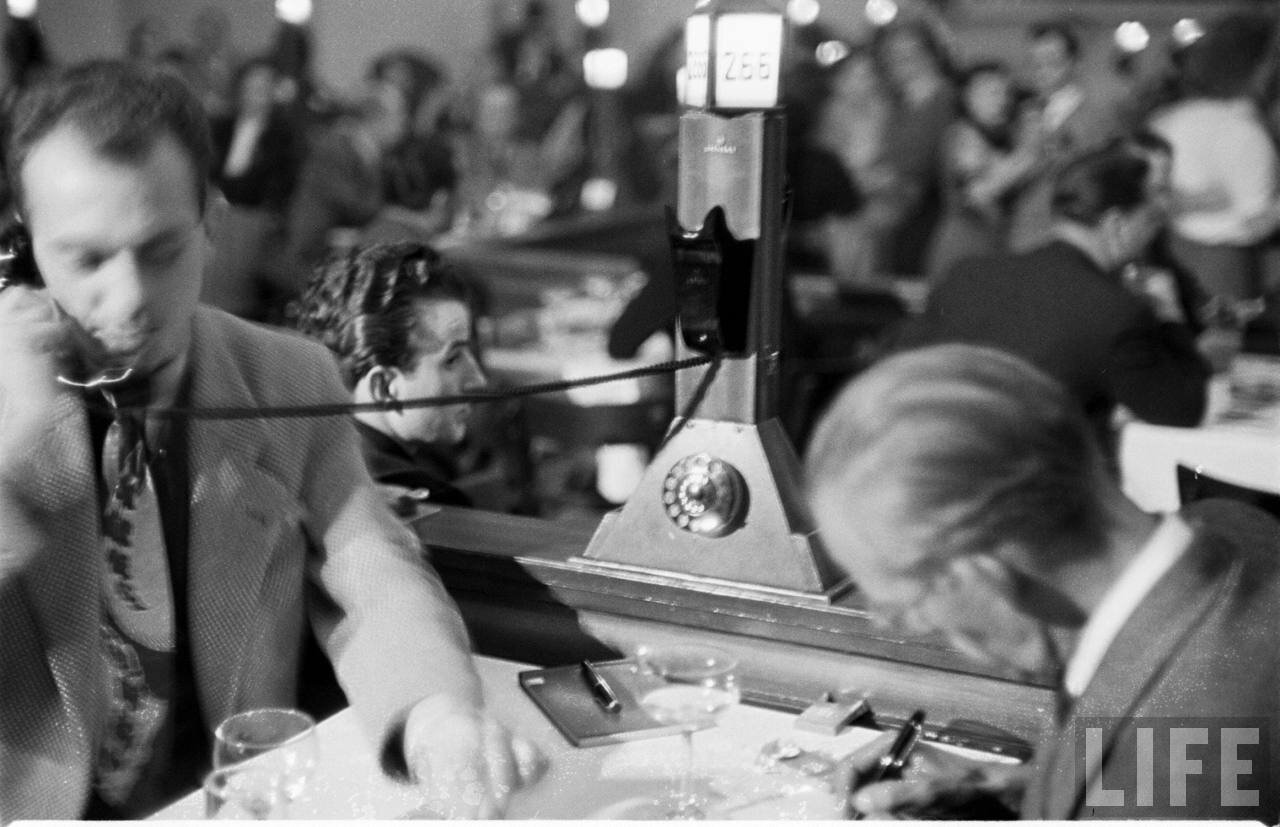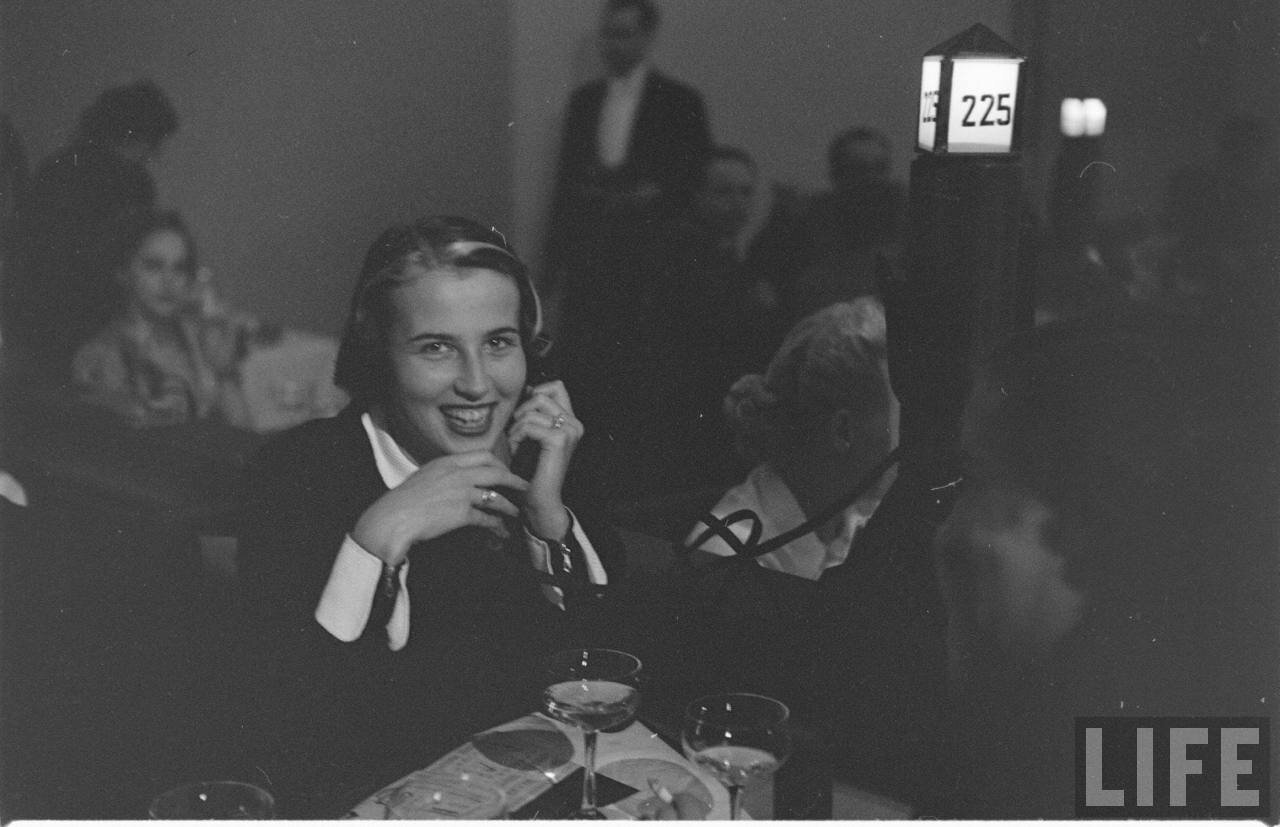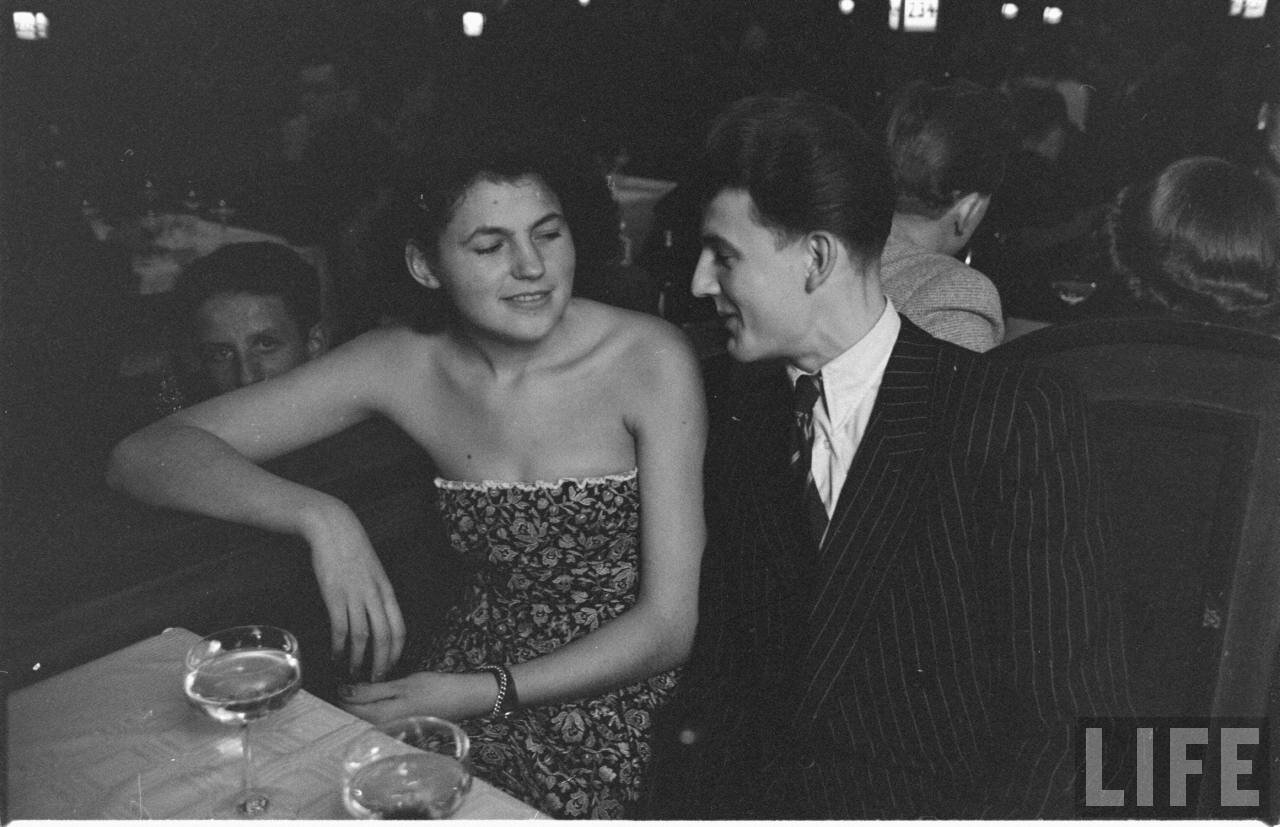No SAUSAGES AND NO SAUERKRAUT
(number 74. november.)
“I want to be with those who know secret things or else alone.”
Rainer Maria Rilke
I don’t know how to explain my connection to German cooking, but I’ve been asked several times. Why do you like German food? What’s the story behind the German flavors in your book? There are a few paths I could take to answer.
Come for a stroll.
My grandmother, who still spoke some German phrases when she was frustrated or ecstatically happy. She didn’t really know the language, and I don’t believe she ever went to Germany, but those phrases were used regularly in her family, and they came out of her mouth as natural as rain. Well, my first cooking “lesson” was with her, making a dish of creamy potatoes and meat gravy. Could have started there.
When I first started cooking through The Moosewood Cookbook, I loved the German, Polish, and Hungarian influenced dishes– the ones with soft white cheeses and dill. Could have started there.
I went to Germany for the first time in 2012, and the second I stepped off the plane I breathed in the November air and felt instantly at home. That night I ate stollen, the same Christmas bread my grandmother would make, and ate rye bread with butter and vinegary borscht. There is a certain breed of small restaurant in Berlin that I think are just perfect. When the dusk falls, the taper candles are lit, the minimal wooden tables scrubbed of the daytime’s cake crumbs and coffee rings, the people come in, the glasses of un-sulphured tart white wines are poured into tumblers, and the plates of beautifully simple, vegetable focused cooking start being sent out gracefully from the kitchens. I experienced many of these restaurants and was just baffled at how flawless they all were, and so small/casual. No fuss. Super short menus. Just good food, a simple idea of service and atmosphere, well executed.
I wished for even one restaurant back home like this. In Portland, Navarre is the closest, in feeling anyway. Looking for that cooking, I found Grüner, described as an “Alpine Pacific Northwest Restaurant.” They brought the bill in attractive old Rilke books. The trout at lunch was just extraordinary. The basic green salad was dreamy– colorful, delicate, perfectly dressed and with many unusual details. It closed sadly in 2015 and no one has opened a German-influenced restaurant since.
Another question I am often asked is if I would want to open a restaurant. Of course the answer is HELL NO, but if someone were to talk me into it, it would be with fat wads of cash, the opportunity to be open only Thursday-Saturday, and serving German-influenced food with Pacific Northwest ingredients. Interested parties please slide into my DMs!
Back to how it started. Or maybe at this point it already had started. I began finding German ingredients around town. I would add dollops of mustard to my softened onions, trapping their aromatics with the pot’s lid, then deglaze the pan with beer. A lot of these dishes ended up in The Myrtlewood Cookbook and being served at a Secret Restaurant we did around that time. I went back to Germany, I cooked more, I ate more. The elusive flavors of the lunch specials at Weinerei Forum, my favorite café in the world, continued to haunt me.
I was in London this past summer, and saw Anja Dunk’s Noodles, Strudel, and Dumplings at Hatchard’s Books. Published by 4th Estate, who publish all of Nigel Slater’s books, I assessed it upon a first glance as the German cookbook I’d been waiting for. All the old school ones are too intense on the puke-colored sauces and sausages. The giant Phaidon GERMAN COOKBOOK one is too encyclopedic, to clinical, no spirit really. Anja made her book the same way I made mine– at home, in real time, representing the food she makes for herself and her family. I couldn’t carry a heavy book around, so I didn’t get it then, but in the fall I saw a copy randomly on the shelf here at Powell’s. I got it. I read it in a few days, cover to cover, knowing on about page 3 that this fall we’d return to German cooking but we’d make this epic dinner with No Sausages and No Sauerkraut.
Rabbit paprikash with sage leaf crisp breads
Rabbit raised at The Whiskey Farm. Small pieces pan fried in butter, then simmered in paprika sauce made from garlic, onions (also Whiskey Farm), loads of sweet paprika, and a concentrated rabbit stock made from the excess parts of the rabbit. We removed the pieces when they were cooked, added sour cream to finish the sauce, and served with a little cherry bomb pepper pickle I’d made with apple cider brine.
The crackers were the forever-mind blowing technique in Tartine Book n. 3, using whole wheat flour, my sourdough starter, and sage leaves. I used kosher salt and melted butter in the finishing, to give a sort of “wheat thin” inspired end result.
Onion, thyme, hazelnut, chanterelle confit tart
with fresh quark and cabbage, caraway, paprika, dill salad
There are only a few dishes in the history of Secret Restaurant where, during their creation, we took pause and thought “is this going to be something a little more special than anything we’ve made before?” We had that conversation while creating this tart.
This plate also fell into the category of “so ridiculous to make, could only possibly make sense in this context.” Like, it wouldn’t make sense for a real bakery or restaurant to produce this plate, and it wouldn’t make sense for a single person to produce this plate. Maybe a small family, if everyone loved and appreciated food? Well, that’s basically what the group at Secret Restaurant are like, a small family where everyone loves and appreciates food.
I foraged 4 pounds of chanterelles the weekend before. Every early November my folks and I head up to the McKenzie river area and rent a cabin for a long weekend. I know a few places to look for mushrooms, and have had success most years. This year, it was a big haul, and I had the idea to try out this technique I’d read about where you essentially preserve the mushrooms in olive oil, while retaining their texture.
So mid-week, after carefully storing in a brown paper box with paper towels to absorb moisture in outdoor-like conditions, I cleaned the mushrooms, split them into equally sized pieces, and put them in a soup pot. I covered them with olive oil (this took a lot of olive oil), then gently raised the heat, poaching them for about 20 minutes with just a clove of garlic and some salt in with the oil. The mushrooms cooled completely in the pot, and the juices separated from the oil. They were drained, packed into jars, the juices separated out further, and the oil poured back in to preserve. The result is something that made everyone who tried a taste go “holy shit!” (or some equivalent exclamation). Really one of the most compelling treatments of chanterelles I’ve ever tried.
For the tart filling, we slowly caramelized sweet onions for what must have been at least 3 hours on the lowest heat, during Friday evening’s cooking session. We blitzed some roasted Oregon hazelnuts and soaked them overnight with the mushrooms juices pulled from the confit operation. The confit treated mushrooms, chopped, were combined with the caramelized onions and the hazelnuts and some fresh thyme.
I made a whole wheat pastry dough with thyme and sage a few days earlier, which rolled out with beautiful layers of cold butter. We filled a wide tart pan with the pastry, packed it in and froze it again. The filling was spread inside, thick up to the top, and then a lattice of pastry was cut (thanks Adam!) and done over the top.
It was served in slices with one additional confit mushroom and some shavings of aged gouda.
In Anja Dunk’s book there is a recipe for quark, the German fresh cheese made even simpler than homemade ricottas we have done. Essentially you just hang buttermilk for a day. I lined the “cheese making pillowcase” (it was long ago assigned this task, kept clean and stored with other cheese making supplies) with cheese cloth and poured a gallon of buttermilk in. Drip drip drip. Seasoned very lightly with salt, we had a quart to use for this dinner. Everyone got a dollop of quark, topped with cracked pink peppercorn.
On the other side of the tart, a simple side dish of cabbage, which was sautéed using the mushroom-infused olive oil, with caraway, paprika, and fresh dill at the end.
Autumn vegetable soup and sourdough rye bread with caraway butter
A lighter take on the same ideas in my “Soup for Sibylle Baier,” the first recipe in my book. Celeriac, rutabaga, onions, garlic, potatoes, Brussels sprouts, orange cauliflower. German mustard and this deep-spiced soup starter paste I brought back from Hungary. Finished with the tarragon/pink peppercorn vinegar and few ladlefuls of crab stock. You couldn’t taste the sea in there, just feel the richness.
One of the best breads I’ve ever made, somehow. Really good. Unusual I guess in that it was a 20% rye that turned out a lot like the bread at St. John Bread & Wine, spirit-special restaurant in London with perfect bread. A “brown loaf” as they call it, but it is a particular bread of long fermented sourdough with plenty of whole wheat. The texture is very full and giving. This was like that.
See the crumbshot! ; )
We served it with German butter whipped with caraway seeds that had been blasted in a Vitamix, so the flavor really got in there.
Chicory salad with kohlrabi and hazelnuts
Beautiful pink la rosa del Veneto and castelfranco radicchio from Groundworks Organics (made the special trip to the farmer’s market that morning for it), butterhead lettuce to round things out, hazelnuts, and soaked thin slices of pale green kohlrabi and cipollini onion from The Whiskey Farm.
Dressing made with mince cipollini, tarragon/pink peppercorn vinegar, and mushroomy olive oil.
Crab and perch German-style dumplings with green gravy
We cooked 5 live crabs on Friday night. What a doozy, but really fun! They were very good crabs. We turned this into crab stock (there was so much crab mustard!), which was used in the gravy.
The fresh perch filets were skinned and deboned, then pulsed in the food processor, combined with the crab meat and quark, seasoned with salt, and formed by hand into dumplings. That was it! We steamed them using a Chinese steam bun stack steamer.
The green gravy was a béchemel made with the crab stock, with the addition of a few peeled and boiled potatoes, some buttermilk, and when it was the right consistency and ready to plate, a purée of parsley and arugula from The Whiskey Farm. Melted butter doused the dumplings.
One Oregon meyer lemon from Groundworks was cut into slices and squeezed over each plate.
Opal apple and cranberry strudel with whipped cream and vanilla salt
Anja Dunk’s book also has recipes for traditional strudels. I’d never made a strudel using authentic dough rather than store bought puff pastry or the usual sort of pie dough rolled out into a different shape. It took me by surprise, the act of using softened butter and kneading extensively, in the making of PASTRY! But it totally worked, though I feared it would be bready and weird. The structure from developing the glutens in kneading gives a crispness to the finish that suits the soft filling. I didn’t remember the strudel challenge of The Great British Baking Show, though Sofie recalled it to me when I told her about flipping the extensively stretched dough from the board onto the baking tray.
This has a filling where chopped apples are roasted with butter and brown sugar and dried fruit (we used cranberries) for an extended period of time in the oven, combined with a more delicate filling preparation, where thinly sliced apples are cooked in a touch of butter and brown sugar with lots of lemon juice, until they lose some of their liquid. The two fillings combined were exceptionally delicious.
The finished strudel was showered with finely chopped almonds and powdered sugar, then chopped into little segments, served with all-Jersey whipped cream and a touch of Jacobson vanilla salt. In the book, Dunk tells extensively of how “vanilla sugar” is what they use in baking and that vanilla extract doesn’t really exist there. Strange. Anyway, I’ve been wondering what to do with this vanilla salt for ages, and this was a delightful use for it.
WINE
Victor at Ardor Natural Wines helped select all of these wines. Victor really gets Secret Restaurant. I love working with him, because when the meal just calls for one crushable red and one crushable white, he knows which ones. When the meal calls for careful pairings with every course, he can find some outstanding selections. When there’s just one wine to shine, he’s got it on the tip of his tongue. For this dinner, we went with one very good grüner veltliner, two special low-sulfur rieslings, and one gewurtztraminer with dessert. Two Alsatian, one Austrian, and one German. The wines are listed below in the order they were served.
• Martin & Anna Arndorfer, Gruner Veltliner Strasser Weiberge, Niederösterreich, 2017 (Austria)
• BattenfeldSpanier Riesling Trocken, 2016 (Germany)
• Achillée Hahnenberg Montagne du coq Riesling, 2016 (Alsace)
• Domaine Leon Bösch Gewurtztraminer, “Valleé Noble,” 2016 (Alsace)
CREDITS:
Lucas Winiarski and Andrew Barton were joined in the kitchen by Will Boal, as always, with assistance from Adam Monkaba and Holly Myers. Holly shot these fantastic photos while also helping with kitchen tasks, tasting, and advising!
We’d like to thank our hosts, Ben Birdsall and Cordie Newberry, who have attended every single Secret Restaurant event since we came back from hiatus. Their kitchen, house, and lighting were so perfect for this fall dinner– it will become a regular location we return to again and again.
For fun, here are some great images I found from these fascinating “Telephone Nightclubs” in Berlin, where flirters were way ahead of their time– long before you could swipe right or send messages, you could send a note through a tube or chat with the alluring stranger at table 57. We used a selection of these images on the silver-paper menu.











































